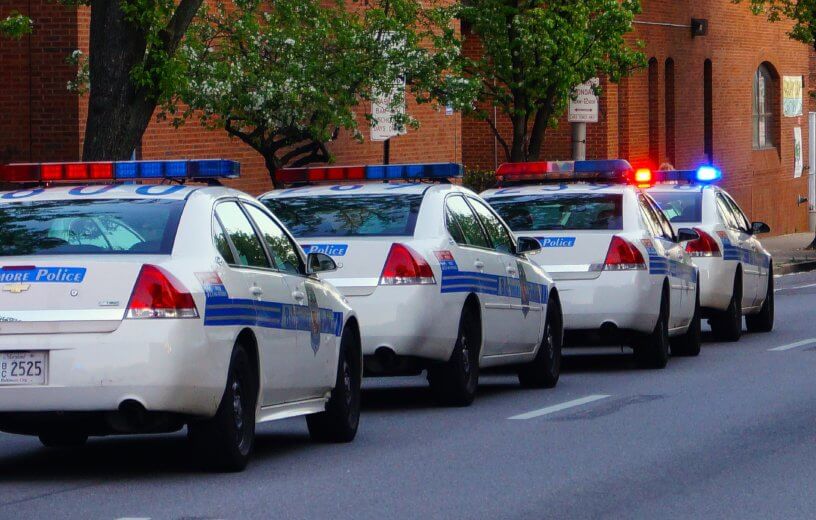BALTIMORE — The link between alcohol and violence is long established, but new research focusing on the city of Baltimore finds that outlets selling alcohol for off-premise drinking, such as liquor stores, have a much higher association with violent crimes than on-site alcohol purveyors, such as bars.
The research was conducted by Johns Hopkins’ Bloomberg School of Public Health’s Center on Alcohol Marketing and Youth. The study’s authors say the most disadvantaged and low-income neighborhoods in Baltimore have greater exposure to liquor / beer / wine stores.
The statistics showed that every 10% increase in alcohol purveyors of any kind was associated with a 4.2% increase in violent crime — such as homicides, aggravated assaults, sexual assaults, and robbery — in the surrounding area. However, access to only liquor stores showed a 37% higher association with violent crime than access to on-site alcohol outlets such as bars.
Certain types of violence skewed differently depending on the different types of alcohol outlets. Greater access to liquor stores was linked with increased levels of homicide, aggravated assault, and robbery, but increased access to bars or restaurants was associated with more sexual assault incidents.
“While previous research found a clear association between alcohol outlet density and violent crime, there was debate about whether on- or off-premise outlets are more closely linked to violent crime,” says researcher Daniel Webster, Professor of American Health in the Department of Health Policy and Management, in a statement. “We used advanced methods to measure access to alcohol outlets more precisely and found that outlets that allow for off-site drinking, such as liquor stores and taverns, had a greater association with violent crimes than outlets that permit only on-site drinking, such as bars and restaurants.”
The researchers examined 1,204 alcohol outlets in Baltimore and their exposure rates to violent crimes between 2012 and 2016 while accounting for other factors like drug arrests and poverty. The report distinguished associations between three types of alcohol outlets: on-premise outlets such as bars and restaurants, off-premise outlets like liquor stores, and taverns that sell alcohol for on- and off-premise consumption.
The study’s authors say these stark differences in rates of violence are likely connected to the purchasing experience at different alcohol outlets: at a liquor store employee and customer interaction is brief, and often happens while separated via plexiglass barriers; while drinking at a bar or restaurant involves greater supervision and observation by employees and fellow patrons.
“A comprehensive approach to reducing violent crime in Baltimore must include policies that restrict or regulate alcohol outlets, particularly those that sell alcohol for off-site consumption,” Webster explains. “Reducing the number of off-site alcohol outlets in Baltimore has the potential to lead to fewer homicides and aggravated assaults.”
The study is published in the journal Alcoholism: Clinical and Experimental Research.
